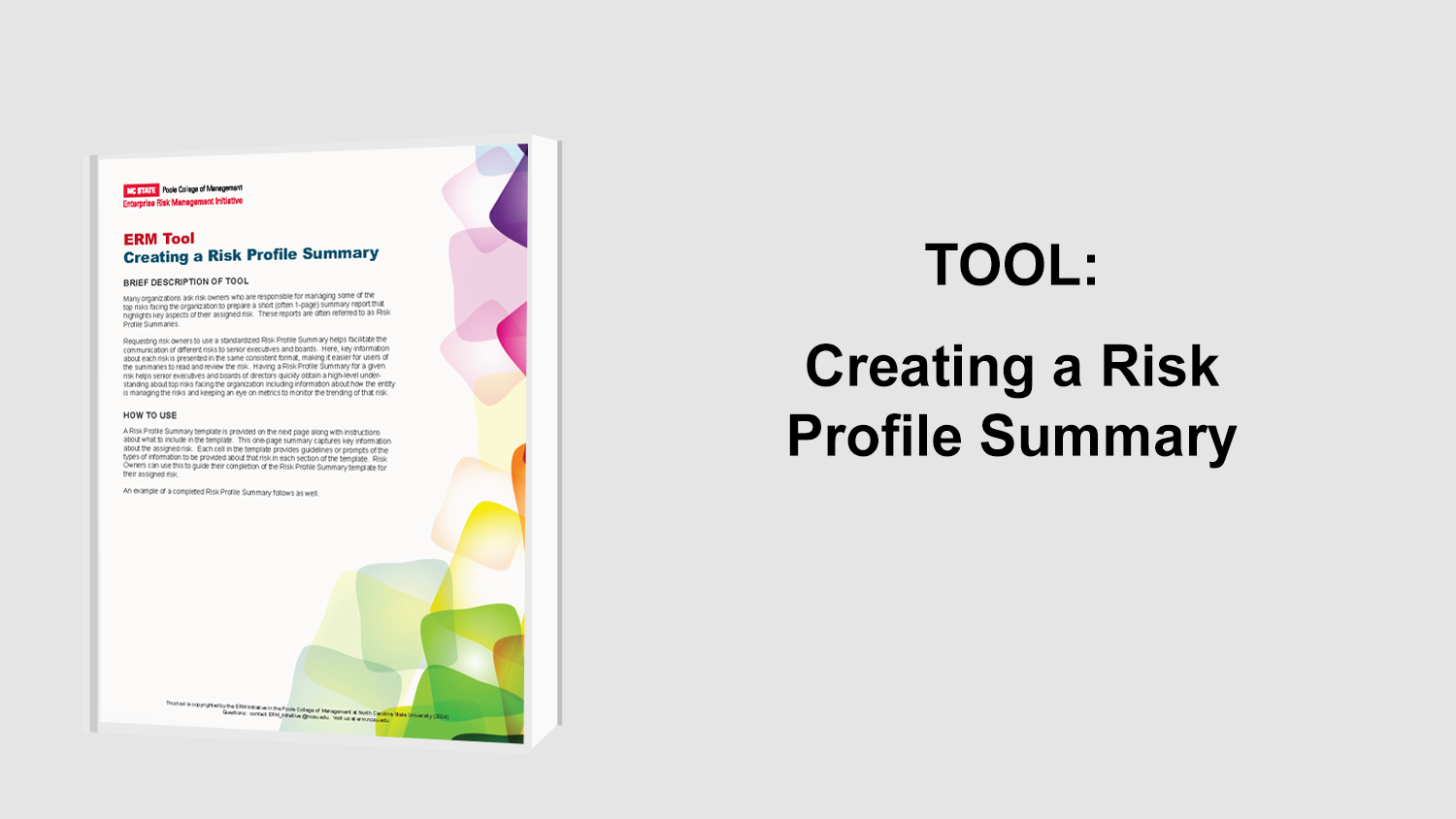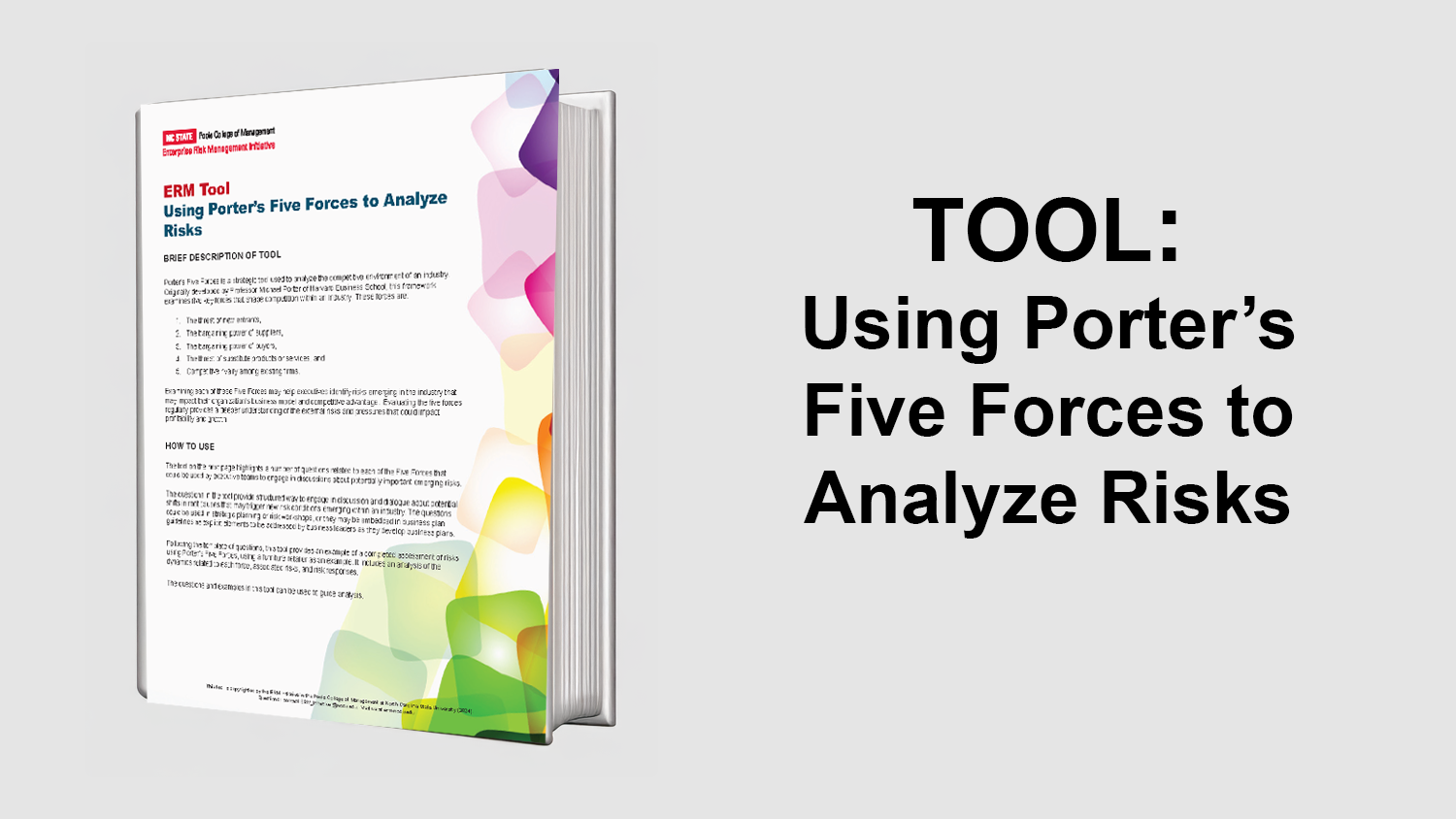Scenario Planning: Worth the Benefits
This paper, authored by Constance Gustke, discusses how scenario planning was first adopted by capital–intensive companies and provided a long-range time horizon which assisted these companies with their big-picture strategizing ideas. Now, time horizons have shortened to 3-5 years and scenario planning can be used to make strategic decisions for particular segments of the business.
The process of scenario planning appears to be simple:
- Define a question
- Create scenarios that address possible futures
- Act on the ones that appear the most plausible
However, there are several issues that arise during the planning process. Often times, too many future scenarios are generated, questions may be framed the wrong way, interesting but irrelevant futures may be considered or too much information may be meshed together. Planners should immediately identify the particular questions to be addressed, then narrow scenarios down to about three to four options and perform in-depth research on issues relating to the scenarios chosen.
While CEO support is instrumental, and companies can surely perform the process themselves, outside planners provide an unbiased and experienced research team. In order to create the strongest scenarios, planners will delve into extensive research by looking at five drivers – politics, economics, demographics, technology and the environment.
Many professionals may have a hard time embracing strategic planning, as it often resembles “make-believe” games played as children. However, this creative approach to viewing future scenarios is instrumental in achieving the goal of helping “overly analytical, top-down, big companies become more nimble.” Therefore, companies who have a creative culture full of employees who can contribute ideas to these research teams will see the most success from scenario planning.
Scenarios are actually guided by indicators discovered through research, such as the number of cell phones sold or the percentage decline in retail sales. Different indicators then help to increase or decrease the belief in particular scenarios. Planners keep tabs on various indicators as time passes, to constantly review scenarios and note which ones are still possibilities or not.
Even if none of the future scenarios ever occur, companies can still benefit from the contingency plans that were considered. Through the planning process, management may see opportunities in other areas of businesses which may not have been apparent before. The worst thing management could do is to perform a scenario planning analysis, and then never actually utilize the information to create plans or update the scenarios. Scenario planning is a tool that will see increased use and interest in the near future and should be considered by any company who wishes to see more results from long-term considerations.
Original Article: “All the Options”, Constance Gustke, 2009
- Types:


